There’s a little startup I have a special affinity for having been in the room for its inception at the LA Startup Weekend event, standing feet away when now investor Ashton Kutcher was first pitched. I had a chance run-in with the guys weeks later in a cigar smoking circle outside their RV at SXSW right after they landed $1M in seed funding. And I then got private beta access to their app at SXSW to try and solve a last-minute challenge we had in running our launch party for Scratch Audio.
The best way to understand what Zaarly does is to go to Zombocom and substitute “Zaarlycom!” They’re basically a hyper-local, real-time want ads site with no limitation on what you can ask for. Here’s why this is so cool:
There is no limit on the potential market cap for this company. Like eBay and Craig’s List, Zaarly stands to create an enormous ecosystem that will enable countless people to earn a living (and a few smart ones to become extraordinarily wealthy) by finding ways to expand the market and make it more efficient.
 eBay and Paypal are so entrenched because they became core pillars in enabling others to make money. Zaarly will do the same only it will sit at meta level above each of these specialized devices essentially being this master clearinghouse of desire. In the process of making a ton of people rich, they are also going to provide a powerful secret weapon for those who understand how to wield it. Basically it’s like having your own personal “genie in a bottle” that you can pay to solve any issue for a price you name. Provided you know the value of solving the issue, you can at all times troll for a solution at a pricepoint which is profitable to you.
eBay and Paypal are so entrenched because they became core pillars in enabling others to make money. Zaarly will do the same only it will sit at meta level above each of these specialized devices essentially being this master clearinghouse of desire. In the process of making a ton of people rich, they are also going to provide a powerful secret weapon for those who understand how to wield it. Basically it’s like having your own personal “genie in a bottle” that you can pay to solve any issue for a price you name. Provided you know the value of solving the issue, you can at all times troll for a solution at a pricepoint which is profitable to you.
- Need to get 300 mimes in El Paso by Friday? There’s a price for that.
- Need to create and distribute 100,000 wristbands with your company logo to every fraternity member in the US? There’s a price for that.
- Need midget geologists to sneak into a cave in mexico and perform ground-penetrating radar analysis, have it interpreted and translated into Swahili and display the results in skywriting over Chicago? There’s a… you get the point.
Sharp college kids are going to find ways to make money on the spread between asks on Zaarly and the infinite fountain of ways they can fulfill the requests. CS students will invent scrapers that check eBay, Oodle, Craigslist, etc in realtime for items sought by Zaarly’rs and they’ll broker the transactions and capitalize on the arbitrage. Entire businesses that were heretofore not feasible will be enabled by the existence of this tool. Zaarly is one of those simple business ideas like Groupon that people a few years from now in hindsight are going to kick themselves for not having thought of.
One of their other investors Naval Ravikant is a guy whose writing and speaking I’ve followed for awhile now. Knowing how he thinks and his affinity for econ, game theory and market efficiencies, he has to be giddy over the possibilities on this one. I was admittedly lukewarm on this at Startup Weekend but now that I’ve had the chance to ruminate on the implications for all the side businesses this is going to spawn, it’s genius. Every pawn shop, scrappy college kid and CL/eBay lifer is going to be all over this app. I can’t wait to see how things unfold.
The icing that actually tipped me to write this post was hustle they’ve shown in organically generating buzz the way Noah Kagan would advocate. A guy on their team (having no idea that I knew them already) reached out to me having found me via a tech-focused meetup I run in Phoenix. This is how you create a “root system” of buzz: focus on the pressure points and have one conversation at a time.
The UI for their app is gorgeous. The business potential is limited by imagination only. The team is legit guys. Their marketing plan is enlightened. And if/when this works its success will be a shining trophy and an amazing advert for the Startup Weekend event itself. I am long on both Zaarly and Startup Weekend.
Sign up for their beta – I understand they’re targeting a launch for early-mid May. This is definitely going to be something to investigate when it comes out.
Full Disclosure: I have zero financial ties w/ these guys. I just think they rule.

 I almost titled this post Mint.com: grow a pair already. If Patzer were still running things independently he’d probably be down for the bold play of disrupting the banking industry but sadly under conservative Intuit management I doubt we’ll see this play from them anytime soon.
I almost titled this post Mint.com: grow a pair already. If Patzer were still running things independently he’d probably be down for the bold play of disrupting the banking industry but sadly under conservative Intuit management I doubt we’ll see this play from them anytime soon. 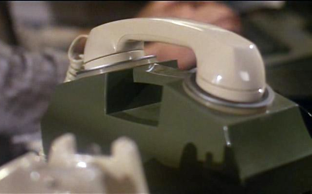 “
“ Let me explain. I just returned from spending the last ten days at SXSW Interactive and Music. The attendance for Interactive was just shy of 20,000 people and Music this year was apparently about 10x that number. Having attended SXSW three years back the best analogy I can give is that this star of an event has super-nova’d into a Red Giant that’s borderline overwhelming. With such an intense amount of condensed human interaction it’s like trying to drink off of a fire hydrant: you better have a formalized system for taking baby sips or you risk getting your head blown off by the stream. So here’s the three-part “GTD-like” system I used to extract meaning from this event:
Let me explain. I just returned from spending the last ten days at SXSW Interactive and Music. The attendance for Interactive was just shy of 20,000 people and Music this year was apparently about 10x that number. Having attended SXSW three years back the best analogy I can give is that this star of an event has super-nova’d into a Red Giant that’s borderline overwhelming. With such an intense amount of condensed human interaction it’s like trying to drink off of a fire hydrant: you better have a formalized system for taking baby sips or you risk getting your head blown off by the stream. So here’s the three-part “GTD-like” system I used to extract meaning from this event: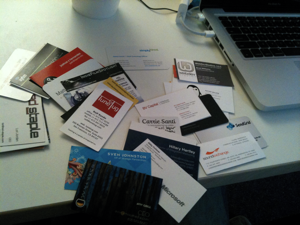 At SXSW you’ll meet no less than 20 interesting people each day. These will be folks from all over the world with shared interests and with whom (if you had hours to sit and chat) you would almost certainly find incredible commonalities and opportunities to help each other via sharing contacts/advice/experiences. Sadly you have only limited surface area at an event like this though so you have a tiny window of interaction to make a meaningful connection.
At SXSW you’ll meet no less than 20 interesting people each day. These will be folks from all over the world with shared interests and with whom (if you had hours to sit and chat) you would almost certainly find incredible commonalities and opportunities to help each other via sharing contacts/advice/experiences. Sadly you have only limited surface area at an event like this though so you have a tiny window of interaction to make a meaningful connection. 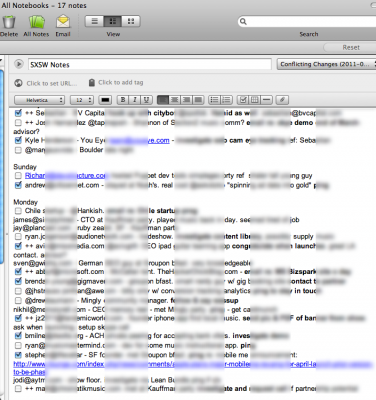
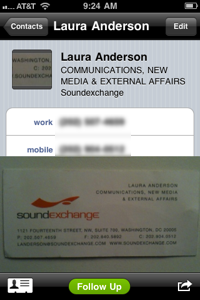 BTW I hate paper- it’s something extra that takes up space and inevitably you end up losing it. And yet in spite of all our ability to put a man on the moon we still rely upon paper as the lowest common denominator for exchanging contact info at conferences. Go figure.
BTW I hate paper- it’s something extra that takes up space and inevitably you end up losing it. And yet in spite of all our ability to put a man on the moon we still rely upon paper as the lowest common denominator for exchanging contact info at conferences. Go figure.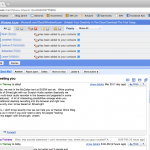
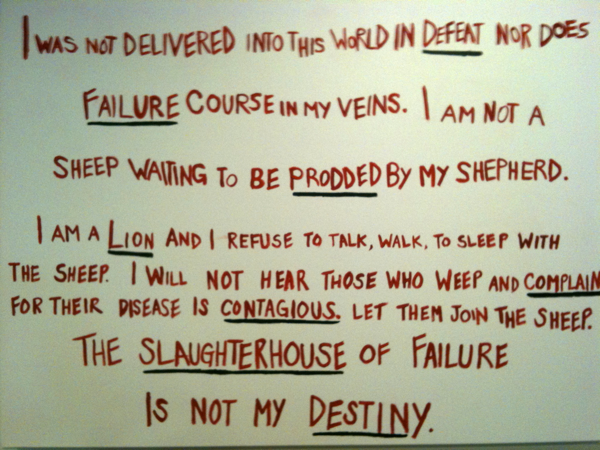
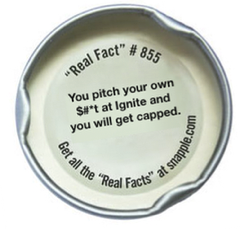 If you know you’re going to be publicly shamed on stage when you willingly violate the presentation guidelines and slang your own stuff, you’ll either a) steer clear of this practice or b) violate it and provide some serious amusement for the audience. Either way- WIN!
If you know you’re going to be publicly shamed on stage when you willingly violate the presentation guidelines and slang your own stuff, you’ll either a) steer clear of this practice or b) violate it and provide some serious amusement for the audience. Either way- WIN!




